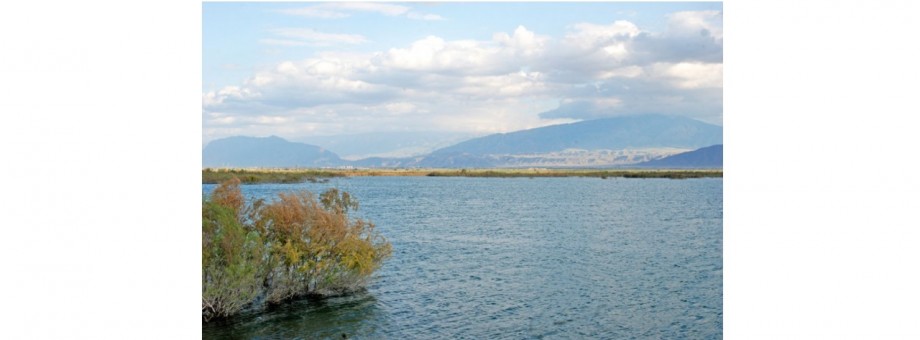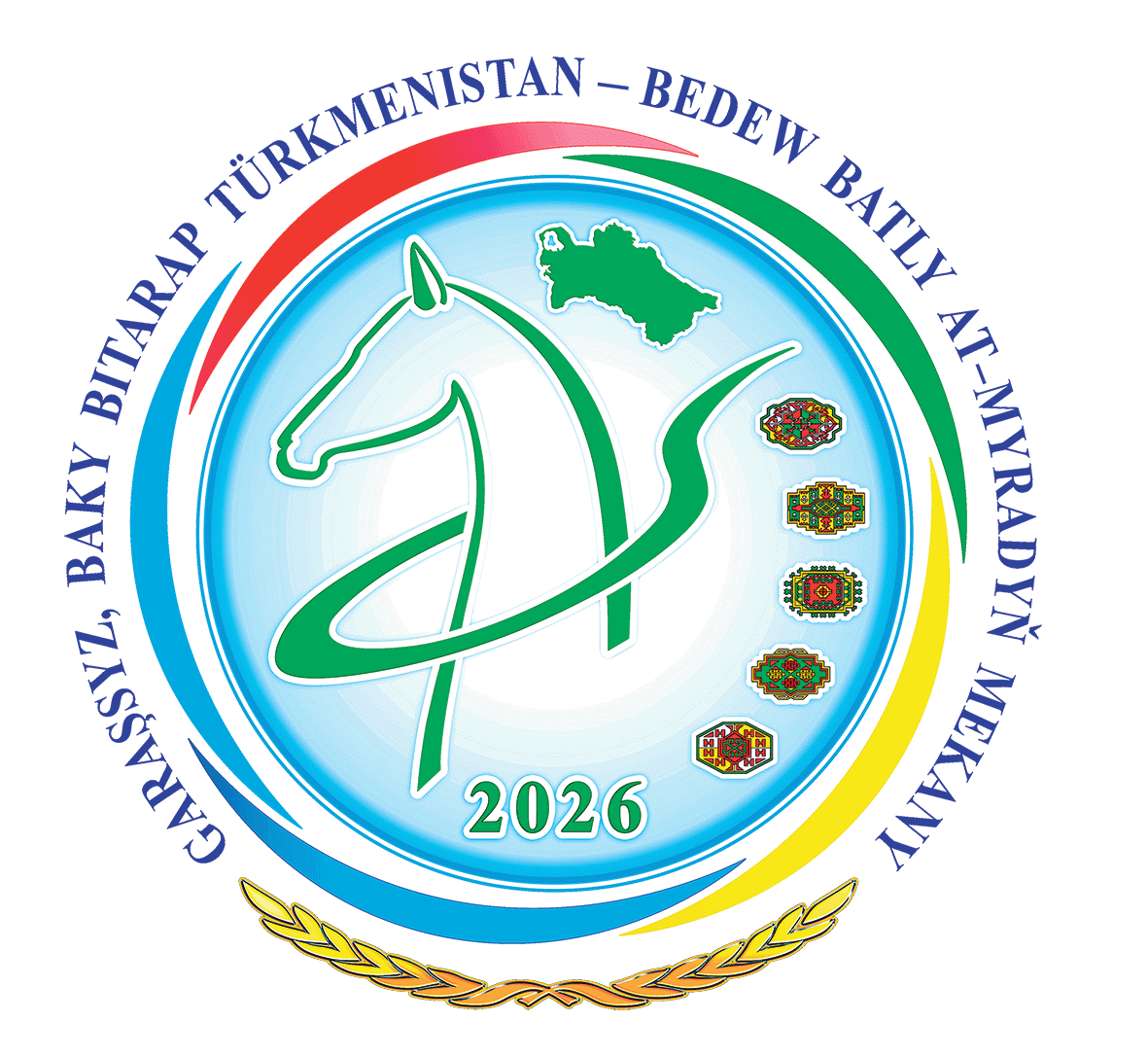STRATEGIC GOALS OF THE RAMSAR CONVENTION

On July 23, 2021, representatives of the Ramsar Regional Initiative for Central Asia (RRI-CA) participating nations held a meeting entitled ‘Wetlands: The Cradle of Biodiversity in Central Asia’ to review the RRI-CA’s overall performance over the last five years in the countries, parties to the international treaty. The event was held in an online format because of the COVID-19 pandemic.
The meeting featured reports on the efforts made in Kazakhstan, Kyrgyzstan, Turkmenistan, and Uzbekistan to achieve the Ramsar Convention’s goals, and a presentation on Tajikistan’s accession to the Ramsar Regional Initiative for Central Asia. The RRI-CA Coordination Committee is today composed of 35 members, representing national governing bodies of the Ramsar Convention in the countries, ministries and agencies, dealing with water resources management and regulation, research institutions, conservation bodies, and environmental non-governmental organizations.
This year marks the 50th anniversary of the Ramsar Convention on Wetlands of International Importance especially as Waterfowl Habitat signed on February 2, 1971 in Ramsar, Iran. More than 170 states, including Central Asian countries, are presently contracting parties to the Convention.
Over the years, the Convention on Wetlands has provided the framework for national action and international cooperation for the conservation and wise use of wetlands and their resources.
It is an undeniable fact that wetlands perform essential ecological functions, such as the regulation of water regimes and the provision of habitats for typical flora and fauna, especially waterfowl, and provide great economic, cultural and recreational benefits. The Convention on Wetlands was adopted with the aim of preventing the increasing human impact and halting the loss of wetlands at present and in the future.
This international treaty reflects the contracting parties’ willingness to ensure the sustainable use of wetlands in their countries, to maintain their ecological integrity and to work in close collaboration with neighboring countries to conserve transboundary wetlands and their biodiversity.
The Ramsar Convention has supported the Ramsar Regional Initiative for Central Asia and 18 initiatives in other regions of the world to help the participating nations to meet their commitments on conservation of water bodies and to facilitate better coordination and close cooperation between the partners, as well as effective implementation of the Ramsar Strategic Plan for 2016-2024.
Kazakhstan, Kyrgyzstan and Turkmenistan joined the Initiative in 2016. Uzbekistan and Tajikistan became part of it in 2019 and 2021 respectively. Designed to expand the Ramsar Site Network and to develop effective management plans for existing wetland sites, several projects have been implemented with the assistance of the Ramsar Regional Initiative for Central Asia since 2016.
Vladimir Komarov
Strategic goals of the Ramsar Convention (turkmenistan.gov.tm)


 NEWS
NEWS